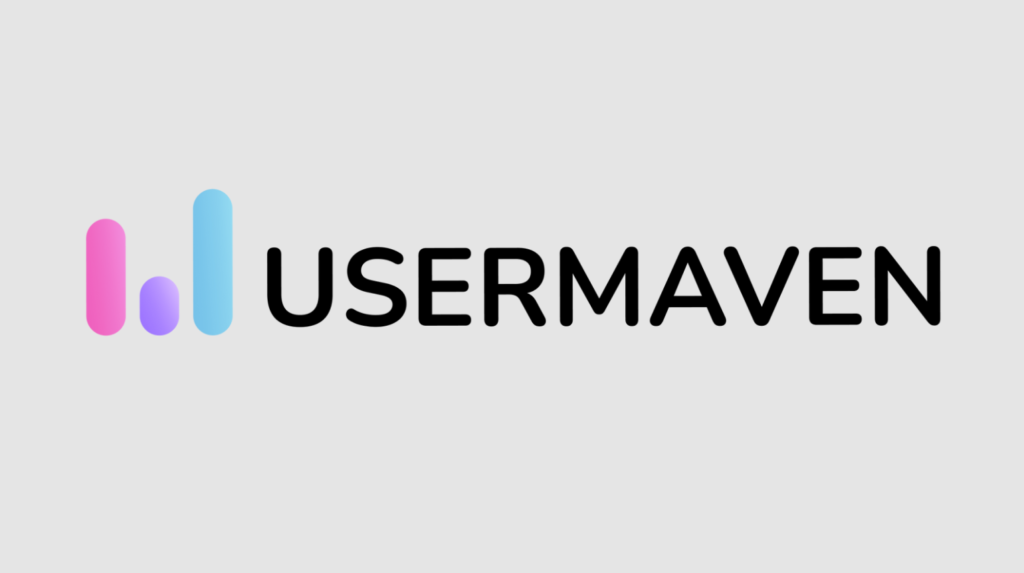Anyone who has worked for a software startup knows that at the beginning, it’s challenging to form a tool kit that is cost-effective and covers all of your needs. Especially with the wide variety of SaaS tools available today, you may always feel like you need more than what you currently have – whether you’re looking at marketing tools, analytics tools, or onboarding tools, your options are endless. In this article, we explore three of the most popular SaaS tools, and present alternatives to them that can potentially better fit your needs.
Email Marketing
Popular Tool: Mailchimp

Mailchimp is one of the most widely used SaaS marketing tools and commonly considered the go-to platform for email marketing. Businesses of all sizes use it to manage their large email lists and send their customers automated emails. The tool offers numerous email design templates, tutorials for running campaigns, and contact management features.
With that said, Mailchimp has its downsides. Despite the many tutorials that are available, some users feel that the interface is not intuitive and creates a steeper learning curve for the platform. Additionally, at $100/month for 5,000 contacts within their standard plan, the tool doesn’t come cheap.
Alternative: Loops

A tool that has made waves as of late in the email marketing space is Loops. Backed by Y Combinator, the platform offers a highly minimalistic user interface and simplified user experience that contrasts to Mailchimp. It is primarily targeted towards software companies, and is priced competitively at $50/month for 5,000 contacts.
Their customer service early on is also top notch, as the co-founders themselves currently respond to every email you send them. If you’re a business in the SaaS industry, you may want to consider giving Loops a try for your email marketing initiatives.
Product Analytics
Popular Tool: Mixpanel

When it comes to SaaS analytics tools, few platforms are more well known than Mixpanel. For any product that is a web-based or mobile application, Mixpanel is able to track events in order for businesses to analyze data on how users interact with their product. This data is able to help product managers determine how well they are able to retain users, and where they could possibly improve in their ability to increase their user engagement.
Alternative: Usermaven

Leveraging AI to create a more comprehensive tool, Usermaven goes beyond offering just product analytics. The platform also includes website analytics, meaning that it can serve not only as an alternative to Mixpanel, but to Google Analytics as well. Some of Usermaven’s top features include Attribution Analysis designed to track insights for multi-touch attribution, and a chatbot called Maven AI that works as an assistant for answering questions provided by the collected data. With more affordable pricing options than Mixpanel, anyone looking for advanced analytics should check Usermaven out.
Hiring
Popular Tool: Indeed

When a company needs to hire new employees, Indeed is likely one of the first tools to come to mind. It provides a streamlined and simple process to put up job postings, and almost every job seeker has heard of the site and checks it when searching for jobs, so you can assume that your posting will get optimal exposure.
However, both employers and candidates seem to be losing confidence in Indeed over time. Candidates feel as though their application is not making it into the eyes of hiring managers, meanwhile employers are receiving an abundance of applicants and they struggle to read through every resume while simultaneously trying to keep track of the relevant information from each of them.
Alternative: Picsume

Picsume is a tool that has one of the most interesting SaaS onboarding processes in recent times – they claim that once a user uploads their resume to extract the data for creating their profile, they will never need to use that resume again. This is because Picsume brands itself as the evolution of the resume, providing users with live dynamic work profiles that contain the relevant information needed to get them hired, along with displaying things that go beyond what can be shown on a normal resume. Notable features include an introduction video, schedule of availability, and list of transportation options.
Employers who post jobs through Picsume’s job board are able to leverage the platform’s AI-powered matching system, where candidates are matched to job postings based on the elements of their profile and the requirements of the job. Through the unique applicant tracking system, hiring managers can use specific filters to narrow down the list of viable candidates. This feature is made possible through the standardization of every applicant having a profile under the same format, which should prove to be a game-changer for the future of hiring.
If this article has helped your company save money on SaaS tools and be able to achieve more things with each tool, please share this article and stay tuned for more from Elevatips – thank you for reading!

Leave a Reply